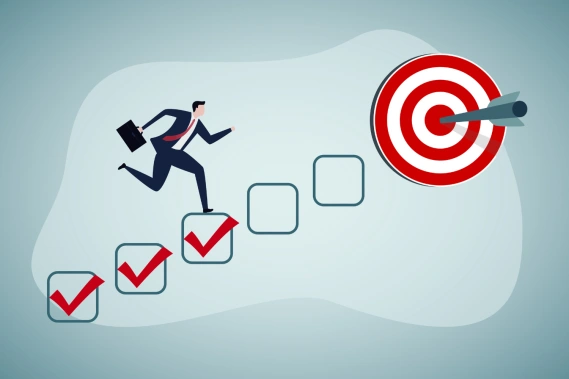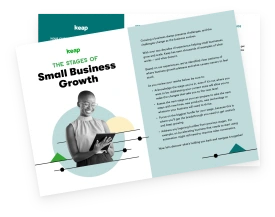You finally invested in marketing automation software — exciting, right?
But now you’re staring at the dashboard wondering, “What do I automate first?”
You’re not alone. For most small business owners, getting started is the hardest part. The good news? You don’t need to be a tech expert or marketing guru to make an impact.
In this blog, we’ll walk through the top three automations every small business should set up first — ones that save time, reduce stress, and make a real difference.
1. Lead Follow-Up
Following up with leads is not something to play around with. And simply reaching out here and there is not enough. In fact, most leads go cold if follow-up isn’t fast and frequent.
While that’s hard to accomplish manually, it’s a breeze for marketing automation software, which is why this is the first thing you should set out to automate. Putting your emails and texts on autopilot enables you to connect with every lead efficiently and professionally.
So, what exactly do you need to automate? Start with the following and add on as you see fit:
- Instant email or text replies for all forms: Every form on your website should have an automation attached to it to thank people for their interest, describe next steps, or deliver the asset they signed up to receive.
- Nurture sequences for new leads: Create a series of emails that all new leads can be funneled into. The focus will be educating them on what you offer and providing free value until they’re primed for a sales pitch.
- Reminders to team members to reach out personally: Eventually, your leads may have to speak to a person on your team to take the next step. Automated reminders can assign a task to the right employee, reminding them to follow up personally.
Automating these three things first will cover your bases and ensure no leads fall through the cracks.
2. Appointment Scheduling and Reminders
Automating your appointment scheduling from start to finish can help you out in a few ways by:
- Eliminating the headache-inducing back-and-forth that often occurs when scheduling a consultation or meeting
- Helping cut down on no-shows
- Freeing up your team to focus on actually serving customers, not endless scheduling logistics
On top of it all, when your appointment scheduling system is smooth, leads and customers are more likely to successfully book appointments, which means a higher chance of turning interest into paying customers.
To make that happen, build an automation that sends a scheduling link right after a lead fills out your contact form.
Then set up a few reminders to ensure they don’t no-show on your call, including a confirmation email, a text reminder the day before, and another reminder 30 minutes before your appointment.
3. Review and Referral Requests
This last campaign will help you start landing repeat business and new customers right off the bat.
Many businesses don’t have a system set up to collect consistent reviews and secure promising referrals. This can severely stunt your growth.
But don’t panic because with the right marketing automation software, it won’t take long to get these automations up and running.
You need the following three things in your campaign: A post-purchase thank you message, a follow-up asking for a quick review, and a separate email that invites happy customers to refer others.
The key here is to use reviews to guide who you ask for a referral.
For example, when you reach out asking for a review, include a simple 1–5 rating scale. After that, use your automation and CRM system to tag contacts who rate you highly. That way, you can easily segment your list and follow up with a referral request to those happy customers.
Your Automation Gameplan
You now have a solid three-step plan to kick off your automation journey. But once you’re done with these campaigns, download our free guide — 10 Things Every Small Business Should Automate — to help you maintain your momentum!
Remember: You don’t need to do it all at once! Just keep automating, one system at a time.


